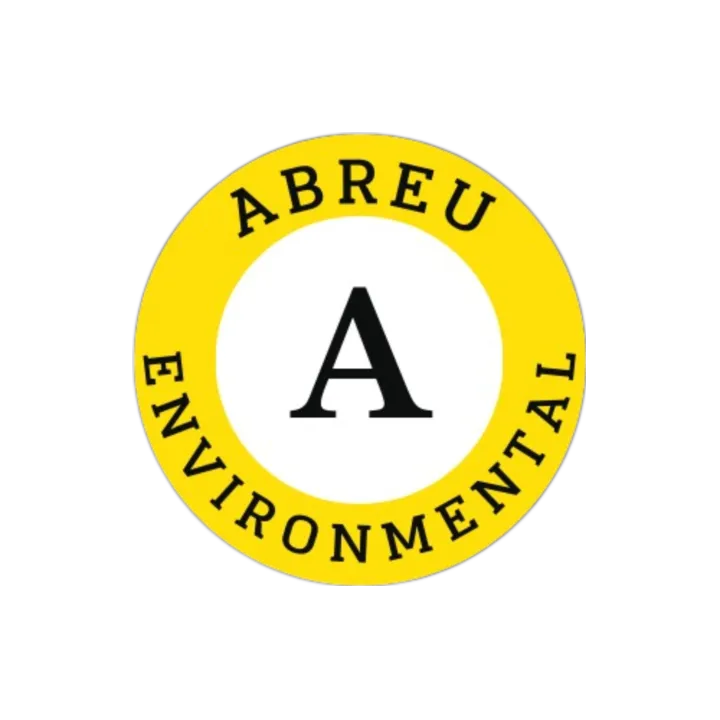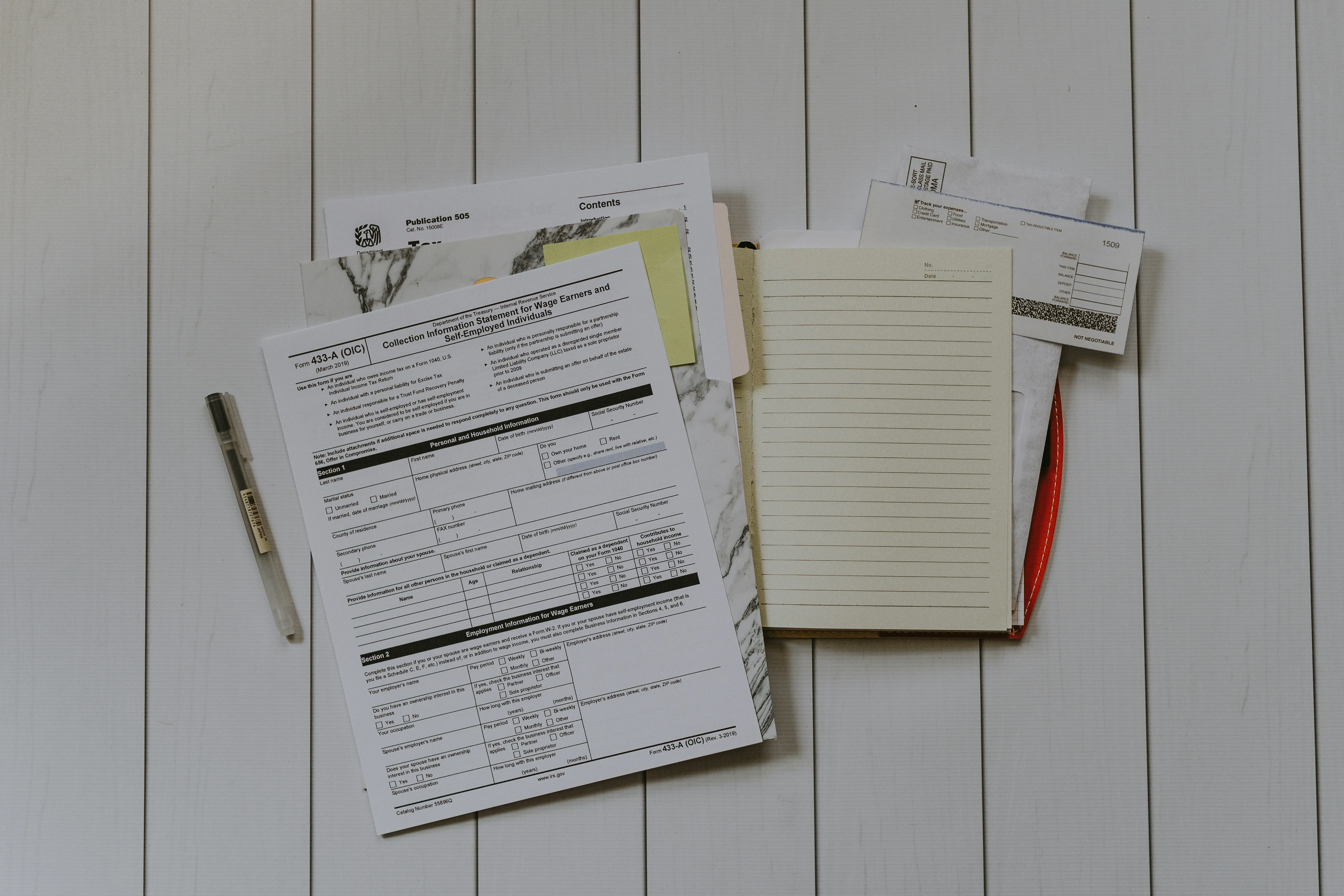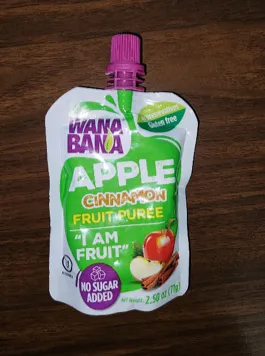CDC's Lead Detect Prize Program
Pioneering Innovations in Lead Detection Technology
In October, the CDC announced the results of its Lead Detect Prize program, awarding $1 million to five teams over the past year for developing innovative point-of-care devices that measure blood lead levels with unprecedented speed and accuracy. These devices aim to revolutionize how lead exposure is detected, especially in vulnerable populations such as children.
The Challenge of Lead Detection
Lead poisoning remains a significant public health issue, particularly for children under six, whose exposure can result in developmental and cognitive delays. According to the CDC, approximately 500,000 children in the U.S. have blood lead levels above 5 µg/dL, a level at which public health intervention is recommended. Traditional testing methods, often reliant on laboratory analysis, can delay critical interventions. The Lead Detect Prize program sought to address these challenges by fostering the development of fast, accurate, and portable detection devices.
Award-Winning Innovations
The program recognized five groundbreaking technologies at George Washington University:
1. Meridian Bioscience (First Place): Their device exceeded expectations with a detection limit as low as 1 µg/dL and results available in just five minutes. Building on the LeadCare II device, they aim to upgrade its capabilities to detect levels below the current 5 µg/dL threshold.
2. OndaVia (Second Place): Adapted their **surface-enhanced Raman spectroscopy technology, previously used for detecting lead in water, for blood lead testing.
3. GlucoSentient with UT Austin (Third Place): Proposed a groundbreaking method using **DNAzyme technology** integrated into a glucose meter to detect lead.
4. Fluorezyme: Developed a system where lead exposure triggers a dye release, measurable with a standard cellphone camera.
5. SensiLead: Introduced an electrochemical sensor designed to offer precision and simplicity.
Program Administration
The program was designed and administered by Luminary Labs in collaboration with NASA’s Tournament Lab. The CDC provided the criteria, ensuring the devices met rigorous performance benchmarks, including:
- Detection limits as low as 1.5 µg/dL with ±2 µg/dL accuracy.
- A reportable range of up to 45 µg/dL.
- Results delivered within 15 minutes.
- Usability by non-laboratory personnel with minimal training.
Broader Implications
These advancements hold the potential to bridge critical gaps in public health, especially in underserved areas where traditional lab infrastructure is lacking. Devices like these can empower health departments, schools, and pediatricians to act swiftly, preventing long-term health consequences in children.
The Path Forward
As these devices move toward broader implementation, partnerships with local health departments and community programs will be vital. Continued innovation, along with public and private sector support, is essential to eradicate lead poisoning and ensure healthier futures for all.
For more details on the Lead Detect Prize program, visit the [CDC's Lead Poisoning Prevention page](https://www.cdc.gov/nceh/lead/).



